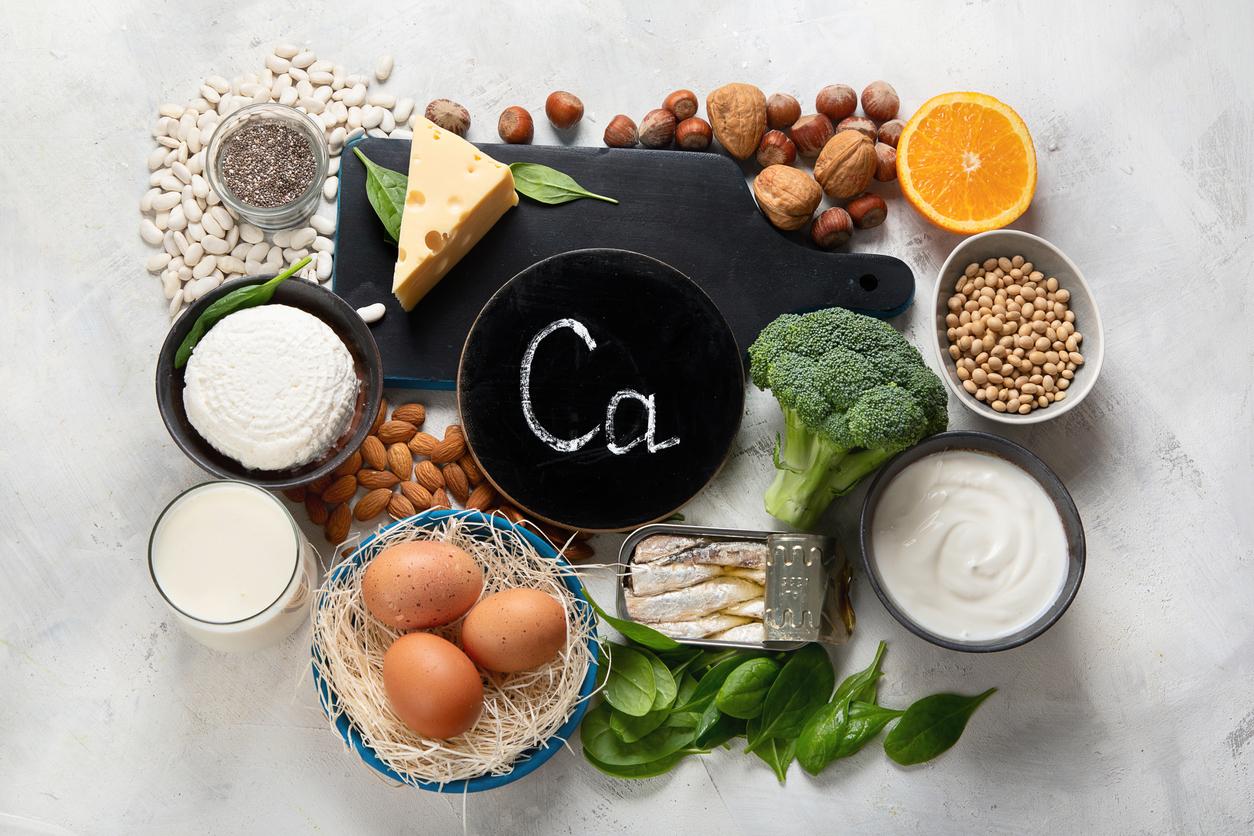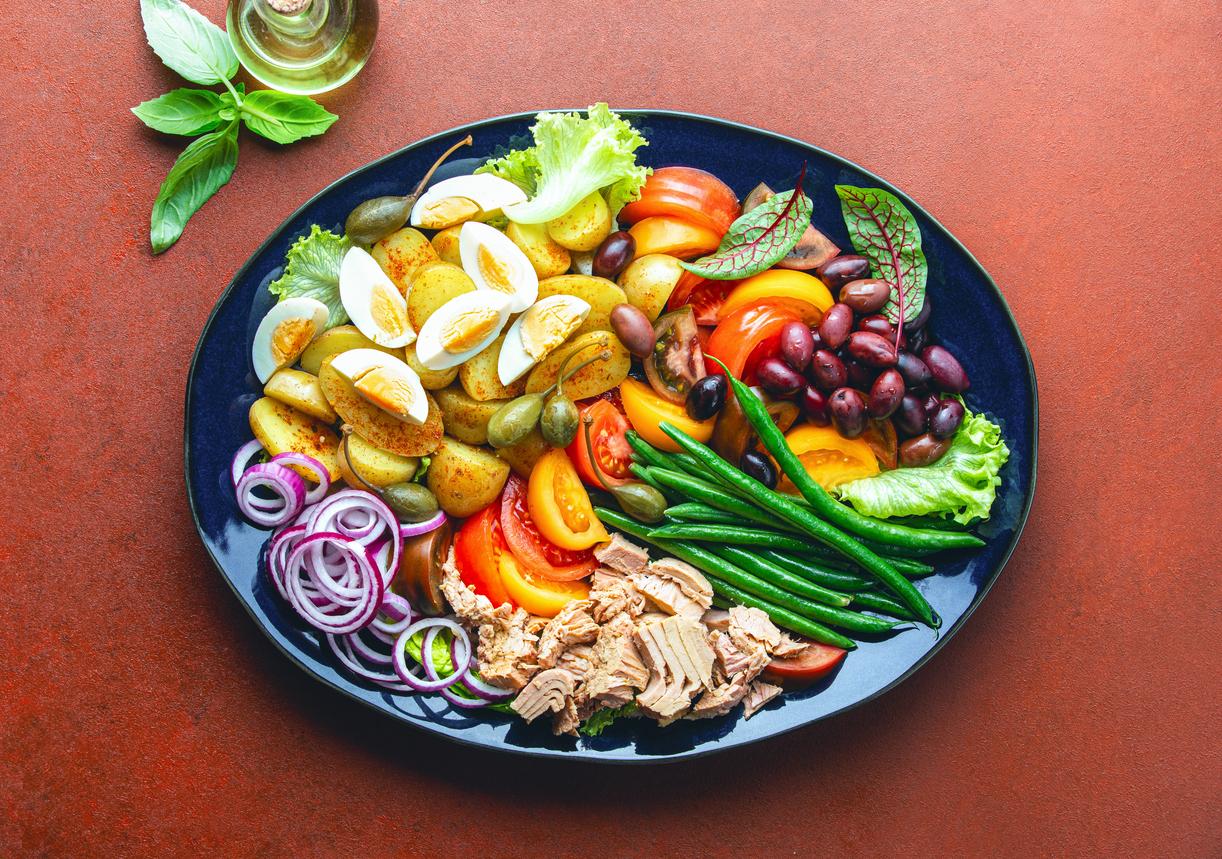Scurvy, a disease that was rife mainly among sailors until the 18th century, is back in town and affects people with poor eating habits. It results, in its most serious form, by loosening of the teeth, purulence of the gums, bleeding, then death. Explanations.

Also nicknamed “seafarers’ disease” or “corsairs disease”, scurvy is a potentially fatal disease which raged from the Renaissance to the 18th century, especially among crews who went to sea for long voyages. Due to a deficiency in vitamin C (usually found in fruits and vegetables), scurvy in humans results in its most severe form, loosening of the teeth, purulence of the gums, bleeding, then death.
“Scurvy is underdiagnosed today”
If we thought this disease eradicated in developed countries, it would seem that the bad eating habits of some have favored its return, especially in the United States or France, among followers of canned food, fast food, sandwiches and inexpensive ready meals.
In 2015, doctors from the Limoges University Hospital had already identified 10 cases of scurvy among 63 patients with an average age of 47 years who presented vitamin C deficiency. These patients did not eat three meals a day, some were alcoholics, others suffering from psychiatric pathologies or cancer. “Scurvy is underdiagnosed today; only 37 case reports have been described in the literature between 1965 and 2013”, they denounced.
In 2016, Australian researchers were also interested in 11 cases of scurvy detected in diabetic patients who ate few fruits and vegetables. Two years later, the doctors are alarmed: scurvy is back in town. Precisely in people who eat poorly.
The disease reappears mainly in underprivileged areas
“We diagnosed our first case 5 or 6 years ago. (…) Since then we have diagnosed something like 20 or 30 cases”, explains to the American site Science Alert Dr. Eric Churchill. The first person diagnosed ate exclusively bread and cheese.
The problem is such that Dr Churchill is currently carrying out research on scurvy in urban areas, he finds that the disease reappears in poor and underprivileged areas: “many people who have difficulty eating tend to choose foods high in fat, calories and very nourishing. ” This type of diet low in fruits and vegetables limits vitamin C intake and is therefore conducive to the onset of scurvy.
The role of vitamin C on the body
Vitamin C, or ascorbic acid, is indeed necessary for the proper functioning of the human body. It helps the proper assembly of collagen fibers which prevents hemorrhages or healing problems, and it has an important role in the immune system. It would only take three months of vitamin C deficiency to get scurvy. The only solution to prevent the massive return of this disease is therefore a balanced diet which gives pride of place to fruits and vegetables.
How does the disease manifest itself?
Scurvy initially manifests with intense fatigue and loss of appetite, which can lead to significant weight loss. The patient may also experience muscle and / or joint pain, especially large joints such as the hip or knee. It may also display a pale complexion, the onset of anemia, and ankle swelling. Historically, this general fragility resulted in an inability to maneuver among sailors.
When these disorders are not treated, the symptoms worsen: the patient then suffers quickly gingivitis, hemorrhagic syndrome, and skin disorders that take the form of purpura. The patient may also have bruises on the body, as well as haemorrhages in joints, muscles and nerve sheaths. Other bleeding may occur (nose, eyes, genitals, etc.). Without treatment, patients have difficulty standing and die of exhaustion, visceral hemorrhage or even an infectious complication.
.















